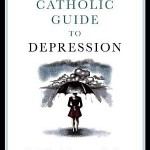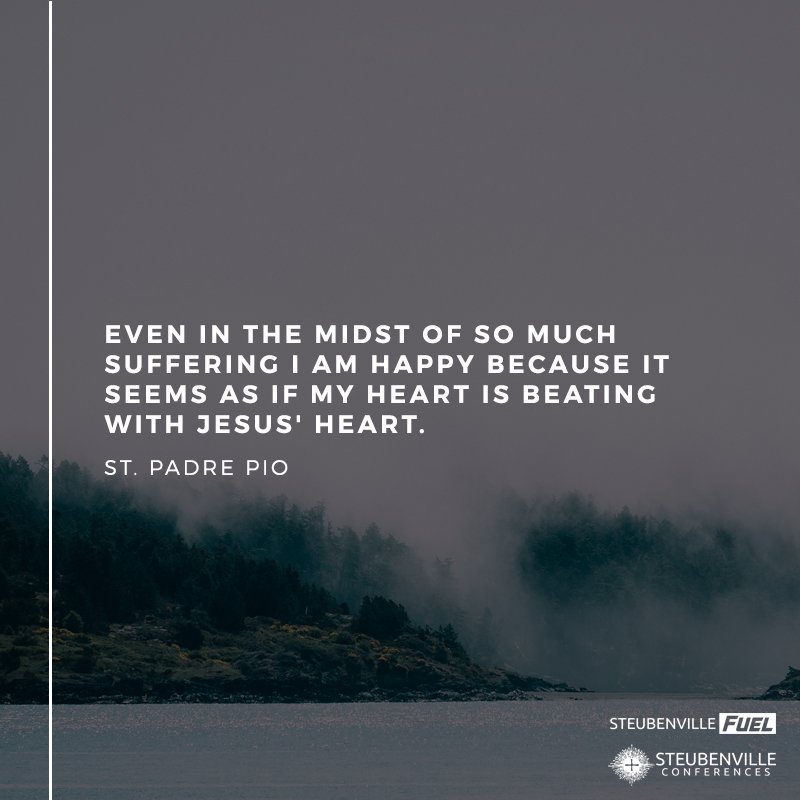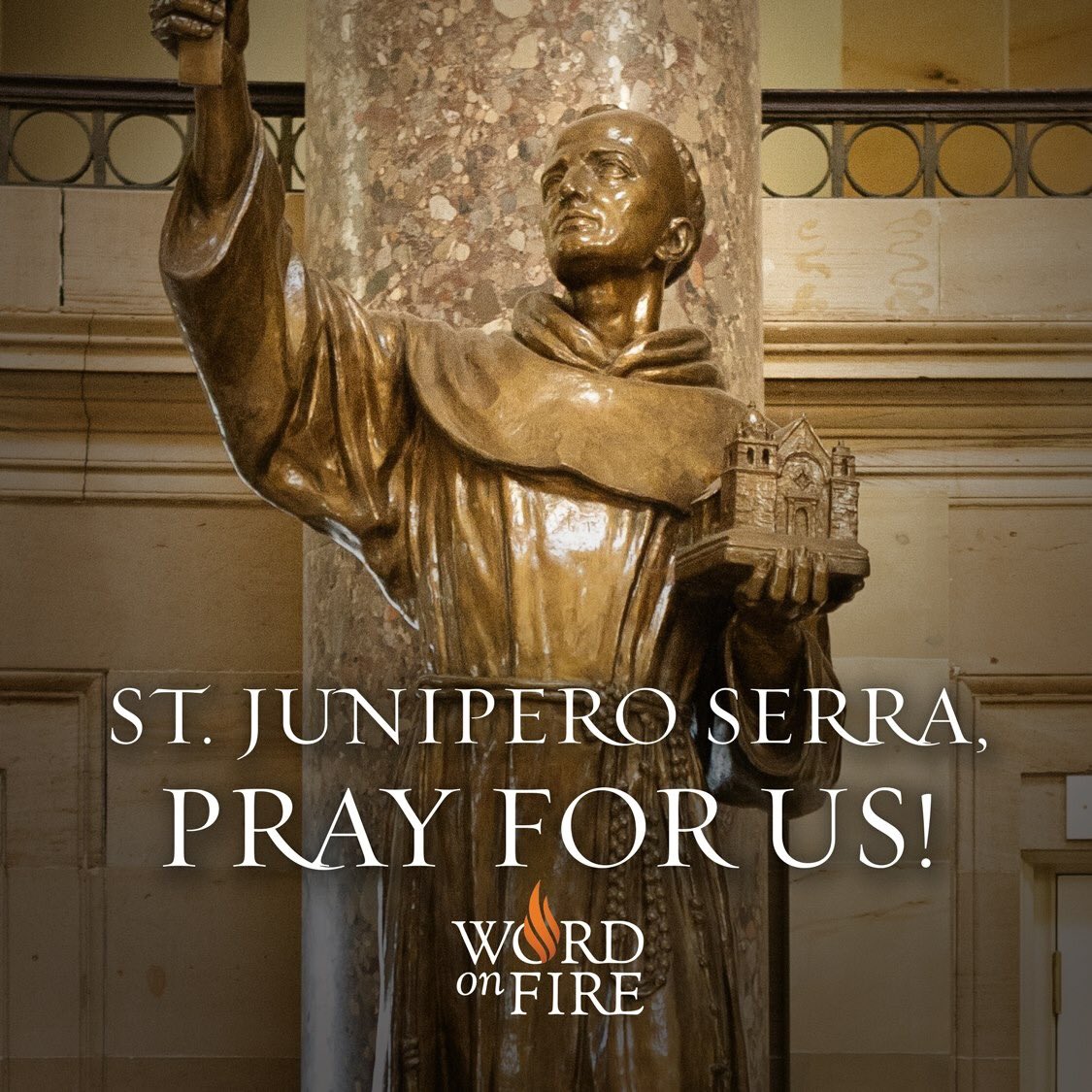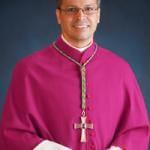Recently, I hosted an event at the Catholic Information Center in Washington, D.C., with Anne Hendershott and Christopher White (@cwwhite212 on Twitter), co-authors of the new book Renewal: How a New Generation of Faithful Priests and Bishops Is Revitalizing the Catholic Church. There was a love and enthusiasm for the Church and evangelizing present. Love and mercy and truth were on the table, with White bringing a convert’s zeal to the book, with love for Pope Francis rooted in the intellectual life of Benedict that first drew him in.
Hendershott and White answer discuss the book — and the renewal — more with me here, as we approach the first anniversary of Pope Francis’ election as pontiff.
At one point, your book was going to be titled “Beyond the Culture” wars. Is it realistic that we could ever get to such a point?
Anne Hendershott: We can never get “beyond” the culture wars. No institution — especially a cultural institution like the Catholic Church — can exist without conflict over contested issues. The late great sociologist, Philip Rieff, author of Triumph of the Therapeutic and Charisma, among others, reminds us: “where there is culture, there is struggle … culture is the form of fighting before the firing actually begins. As a sociologist, I agree with Rieff: “culture is the war by other — normative — means. By its very nature, the work of culture is the matter and manner of disarming competing culture — something that always threatens sacred order.”
This is not to say that the Church must be resistant to all change. Change is inevitable and through conflict there will always be change — it is inherent to culture. The Church, like all institutions, is constantly being “recreated.” But the recreation cannot be guided by the changing values of a secular culture. The Church can never change the infallible teachings of the Magisterium — such as the belief in the dignity of the human person, the sacredness of the family, and the institution of the priesthood. These are not just values — they are definitive teachings.
What’s keeping us mired in division about abortion and so-called contraceptive mandates?
Christopher White: Most of what keeps us mired in these divisions — whether it be over abortion, contraception, gay marriage, etc. — are competing visions of what constitutes goodness and justice. For those supporting abortion or the contraceptive mandate, many of them honestly believe that these services are necessary to support the health and equality of women. The only ways in which we can hope to engage and be persuasive is to first look at the positive intent in their desires and seek to show a better way.
When the pope warns against obsession with some of these contentious reproductive issues, what do you take this to mean, and what about your book shows the way?
White: Many have misconstrued the various interviews and statements of the pope over the past year, or at least opted for a selective reading. If you listen to the comprehensive message Francis is preaching, I think you’ll hear something to this effect: We can’t just say “no” to things without giving people something to say “yes” to. We can and must continue to say no to abortion and gay marriage, but in a way that aids in our presentation of the larger message — and practice! — of the gospel.
What is the renewal?
White: Renewal in the Catholic Church is all around us, but the renewal that is the specific focus of our book is the dramatic growth and revitalization of the priesthood, inspired primarily by bishops who have refocused their attention to new vocations and are inspiring young men through their courageous and uncompromising commitment to the Church and the gospel.
Anne, what gives you hope?
Hendershott: I have always known that the Church would of course “prevail” as Christ promised us. But, until the past few years, I began to believe it would be more like that “mustard seed” Church that Pope Benedict spoke of. I was prepared for a smaller Church — with fewer vocations to the priesthood. But, I was confident that these new self-described “John Paul II priests” would be faithful and inspiring — charismatic. What I was not prepared for until Chris and I began really collecting data on ordinations was that I had missed looking closely at this growing cohort of charismatic bishops who are faithful and inspiring others to follow them.
Chris, you talk about orthodoxy, what gives you certainty this is all true?
White: As a Catholic, I believe the Church is promised that the Holy Spirit will guide her in truth. We humans do a really fantastic job of erring in our practice and pursuit of that truth, but that doesn’t change the certainty I have that we can learn and assent to that truth. Does that mean there aren’t doubts along the way? Absolutely not. Can and should these doubts spur us into deeper exploration for the truth? Of course. That’s what living an honest life of faith is all about.
Why are there all these young priests you write about, at a time when whenever they tend to make headlines, it’s about evil?
White: Contrary to popular belief, religious life is not an endless retreat. Instead, it demands sacrifice and hard work. Not only are priests dedicated to lives of prayer or contemplation, they also are active in our classrooms, hospitals, soup kitchens, and so much more. They live in contrast to the culture around them in hopes that they might actually improve it, not flee from it. In sacrificing so much of what the world values — financial security, comfortable homes, exotic vacations, and sexual intimacy — they serve as a prophetic witness of what matters in the world to come, while at the same time working to improve the conditions of the world in which we presently live.
What do you say to people who can’t — understandably — see beyond unspeakable crimes — filth, as Pope Benedict called the scandals — and culture that moved priests around rather than get them out of ministry?
White: The Church should never miss an opportunity to apologize for the sinfulness of the actions that some of its members have engaged in. These are nothing short of shameful lapses of holiness that resulted in sexual abuse crisis and a culture that allowed for this to go on for so long cannot be brushed away, but must be addressed. To that point, I would say the Church’s response, particularly in the U.S., has been aggressive in implementing the necessary reforms to make the Church the safest environment for children anywhere. The reform of the priesthood, our churches, schools, seminaries, in light of the sexual abuse scandal, has been the cause for a very necessary moral awakening and the changes flowing forth from that are yielding great fruit.
What do seminaries look like today? Very different than a few decades ago?
White: A number of the Church’s seminaries are undergoing dramatic growth and transformation throughout the country. Places like St. John’s Seminary in Boston are now turning away men because they’ve reached maximum capacity. This, of course, is a very positive development as the seminaries are essential to the formation of the hearts and minds of future Church leaders. In places where the seminaries are faithful to the teachings of the Church, they are overflowing with new vocations and recruits. These seminaries are emphasizing a renewed commitment to the devout life with greater attention to prayer, adoration, confession, and the holistic development of the person.
How is John Henry Newman a help to renewal?
White: Newman is helpful in many ways, but in relation to this book I reference him for two primary reasons. Newman wrote that the seminaries and the episcopate are both essential to passing on the unity of the faith. The seminaries provide an opportunity for the Church to train and form young men to be holy and knowledgeable teachers of the gospel. The bishops (or the episcopate) are to be lived models of this holiness and are charged with ensuring that the teaching of the Church stays on track and its teachers are doing their job well. In a sense, they’re the overseers of the implementation of the Great Commission.
Why do bishops matter? What’s so special about Bishop Olmsted in Phoenix and Cardinal George, to name two you highlight?
Hendershott: We drew from theory on transformational leadership to try and understand why some bishops seem to have been more effective than others. Transformational leadership is the process in which a bishop engages with his priests and those working in his diocese to “create a connection that raises the level of motivation and morality in both the bishop and his followers. They are the bishops who are outspoken in supporting Church teachings on all issues — especially life and family issues, and they are interested in crating a climate that nurtures vocations and a call to holiness–providing a powerful role model for their priests.
We name several bishops who are doing this — and we call them the “charismatic bishops” — not because of their charismatic personalities, although some like Cardinal Dolan, who has been called the “Archbishop of Charm” in New York magazine, have a charismatic style. We use the word charisma in its original sense — to denote a divine origin or a special gift given by God that certain individuals possess that gives them the capacity to remind others of the moral life. The true charismatic leader is one who can convey that there is evil in the world — and in oneself. Charisma describes the gift of what Rieff calls a “high and holy terror.” The bishops we chose to highlight for our book – Cardinal George and Bishop Olmsted and others — because they are able to remind us of the power of divine command so deeply in our souls that we can bear the thought of evil in ourselves and in the world.
We believe that Bishop Olmsted in Phoenix is a charismatic leader because of his willingness to constantly remind us — in a loving way — of our responsibility to protect and defend life. A few years an elective abortion was performed in an Arizona Catholic hospital. The leaders of the hospital defended their actions by saying that they “received permission” to perform the abortion from a theologian at Marquette. Bishop Olmsted rejected that explanation and upheld his excommunication of the hospital administrator who allowed the abortion to take place at her hospital. In explaining his decision, Bishop Olmsted wrote that “it is my duty as the chief shepherd in the diocese to interpret whether the actions at St. Joseph’s (hospital), meet the criteria of fulfilling the parameters of the moral law as seen in the Ethical and Religious Directives.”
This courageous intervention by Bishop Olmsted is best understood by looking closely at the gospel meaning of charisma — a particular and individual case of intervention by “the ideal figure of authority, a forgiving yet demanding one.” From this perspective, charisma is the gift of the ability to help others do the right thing — helping others to choose the good rather than the evil. There can be no charisma without creed — if one does not have faith in the teachings of the Church, then we can never hope to inspire others to follow that faith.
What’s attractive to a young person about the Catholic Church? What brought you in, Chris? How can this be best communicated?
White: Truth, goodness, and beauty! Young people are constantly searching for something to believe in, and I believe the Church has the best answers to the questions that all of us ask: How do I treat my neighbor? What does it mean to live a full life? How can I give myself to a cause greater than myself? We must be creative and loving in communicating this message, knowing that in an age that is more uncertain and transient than ever, young people are willing and open to listen and they yearn for the stability the Church offers. The three million plus young people that showed up at this last World Youth Day in Rio are evidence of this.
Why is the Catholic Church so insistent on middlemen? Divine Mercy is not mine without a priest?
White: Well, it’s not an either or situation here. It’s not that we can’t pray and seek God at any time or receive the blessings and grace that comes from that without the aid of the priests. That said, we need priests. Only priests can fully serve as Christ’s representatives on this earth by offering us the sacraments and steering us toward our heavenly home. That’s why we surround ourselves with priests to baptize us (and our children) at birth and offer us the sacraments at death or when we’re sick. Some might falsely label this as a middleman, but ask any Catholic who has had a priest present in these moments and I guarantee you they’ll describe it as welcome support.
What is the role of the laity in this renewal?
Hendershott: We are all called to be part of the New Wvangelization — we all have to be willing to bring the “good news” that Christ loved us so much that he gave his life so that we could be saved. But, Catholics are reticent about saying these words. Many of us hesitate to speak so openly — but there are other ways to bring that good news. I teach at Franciscan University, and we are often reminded by the words of St. Francis of Assisi who told followers of Christ to “Teach the Gospel at all times, and when necessary, use words.” Sometimes our words have to be used to defend the Church when she is being attacked — I see that as my most important role in the New Evangelization, and I think Chris shares that commitment. It was gratifying to see that when the United Nations attacked the Church recently, several members of the laity stepped up to defend her. This makes us stronger as individual Catholics — and it helps to strengthen the Church.
What is the role of women, Anne, in the renewal?
Hendershott: Women have always had a privileged role in the Church — you cannot enter the Basilica of the Shrine of the Immaculate Conception by Catholic University in Washington, D.C., without appreciating this fact. Built in honor of our Blessed Mother, the Shrine is filled with “heroic size” statues depicting the saintly heroes — and heroines — of our Church. It was built as a place of worship, but also a place of pilgrimage, evangelization and reconciliation. We are reminded there that women have always played a role in helping the Church to flourish through prayer and faithfulness. But, we are also reminded that while the heroic female saints depicted there certainly “walked humbly with the Lord,” many of them were called to a leadership role in defending the Church against her attackers. I find great inspiration there.
Can there be an ecumenical celebration of this renewal?
White: Evangelicals and Catholics have found common ground on issues related to life, marriage, and family because we realize that despite our theological differences, these issues are common ground for all Christians. Given the threats to religious liberty in recent years, we realize now more than ever that we must work together to preserve the public practice of our faith that some have tried to relegate to the private sphere. The leadership of many Catholic bishops and Protestant leaders alike has been a great witness to our faith and should be reason for us all to celebrate.
During the course of book research and writing, did you get any good pointers or secret ingredients on living renewal? How does one do it?
White: Allow me to answer this by pointing to the example of Fr. Bill Miscamble at Notre Dame. Fr. Bill has been one of the great protectors and promoters of Catholic identity in higher education over the past few decades, and at times, he’s suffered greatly for his outspoken criticism of the university when she’s failed to live up to her Catholic mission. But through it all, he’s a happy, joyful warrior — full of great warmth, eager to tell a story and make one laugh, and committed to loving one’s neighbor. He wears many hats on any given day — a friend, a professor, and, most importantly, a priest — but regardless of the situation, he has a winsome personality that manages to attract people to him. How does he do this all? He’s a deeply prayerful man and aims first and foremost at holiness in his own life. Everything else flows forth from that. To me, there’s no better model of renewal than that.
(Full disclosure, White is one of the young people filled with the spirit of the Gospels I’ve had the chance to spend time with during a Catholic Voices USA session in the last year or so. Catholic Voices, both here and internationally, are also briefly profiled in Renewal. — KJL )












